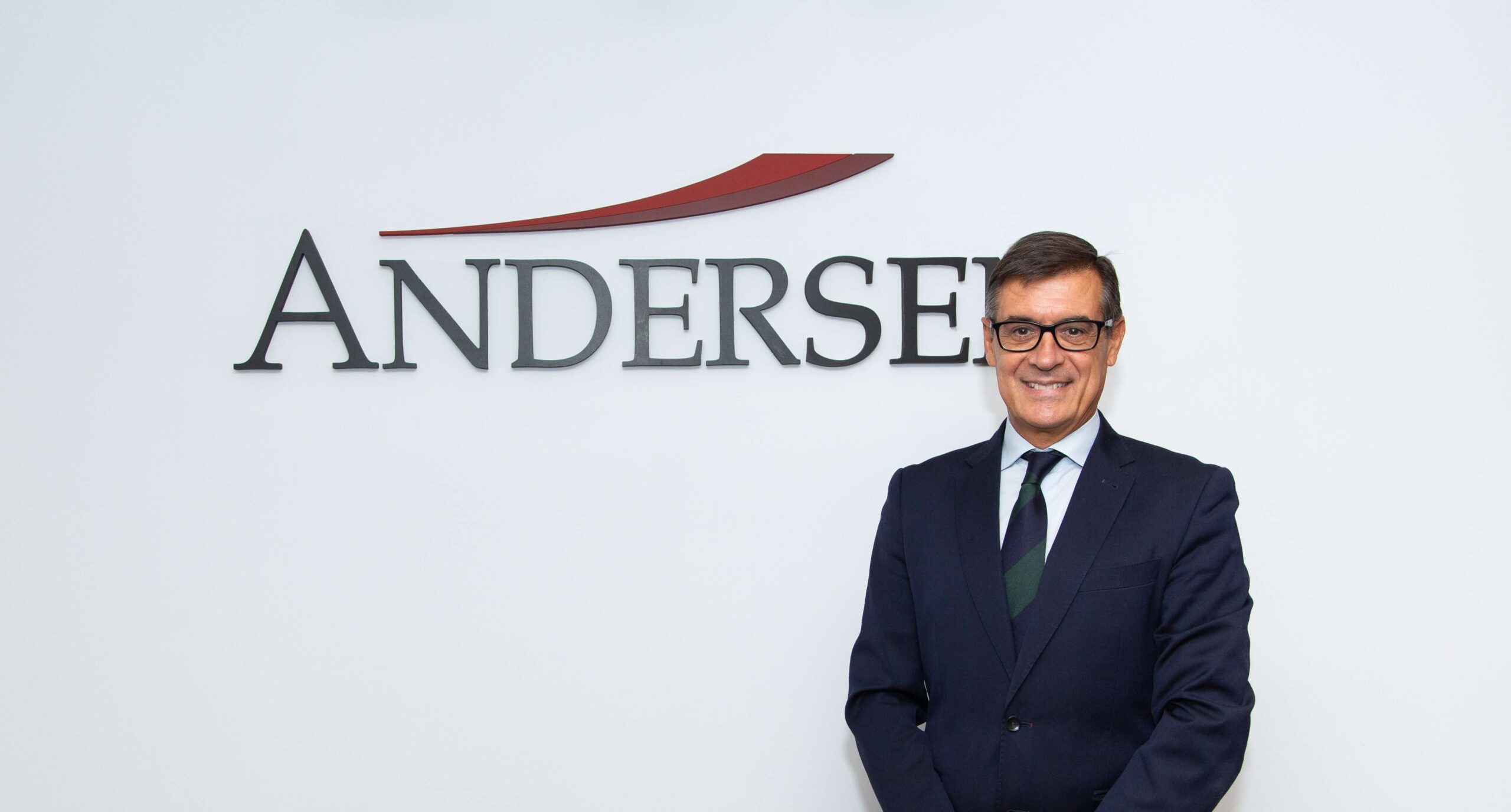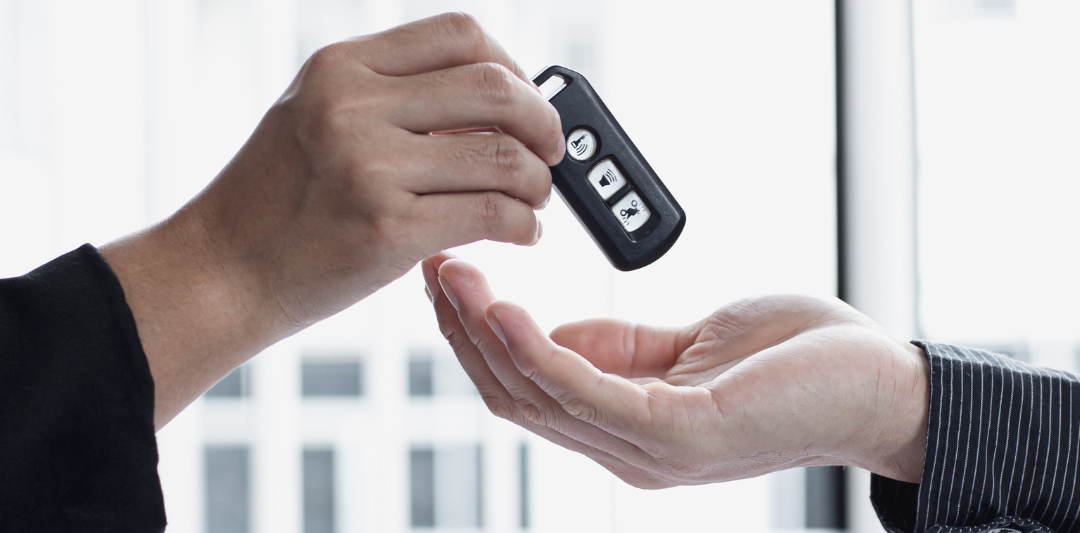"There are three ways of doing things: the right way, the wrong way and my way. The phrase is uttered by the acclaimed actor Robert de Niro as Sam "Ace" Rothstein, in the eighth collaboration between the interpreter and the no less famous film director Martin Scorsese, in the movie "Casino". If there is any connection with the usual theme of this blog, it is not because of the criminal plot of the film, nor the gambling present throughout the story, but because of the way in which many companies have to face new disciplines. They do it neither the right way nor the wrong way. They do it "as they can", i.e. in their own way.
This is the case of the discipline that concerns us today, Customer Experience, of which there have been numerous studies in recent years that ratify this thesis. There are contradictory data such as the fact that 1 out of 3 marketing managers (36%) admit that they have not made any investment in Customer Experience, despite the fact that almost all (88%) expect that in some way there is a long-term program in this area that will enable them to build customer loyalty. This is one of the most striking findings of the research. The CX Challenge (The Customer Experience Challenge, conducted by the agency Amaze Realize.
This research includes a survey of more than 100 professionals in this area, of whom three quarters (77%) acknowledge that their company spends less than 1% of its annual turnover on improving customer experience. Three reasons for this are also more than representative of the progress that is needed. According to their own responses, either they do not have enough knowledge, or the perceived cost of implementation is too high, or they cannot find a way to build the positive "business case" that would justify such an investment.
But returning to the cinematographic quote with which this post began, even more surprising is the data obtained in a study by the company specialising in digital experiences Optimizely, whereby practically all (91%) of those surveyed on this occasion state that their team is fully capable of delivering a constant flow of ideas focused on digital experiences, when in reality in one out of three cases (34%) these experiences never go beyond the realm of ideas because organisational structures make it impossible to turn them into tangible projects. In other words, it is not a problem of preparation in many cases, but a clash with two other cutting-edge issues such as Digital Transformation and employee experience.
The Optimizely study is based on 800 interviews with decision-makers from marketing, product and IT teams in three countries (Germany, UK and US). It reveals significant data such as the fact that in half of the cases (51%) the customer-centric experience does not go beyond the declarative level, even though four out of five (79%) participants in the research agree that if these three teams (marketing, product and IT) worked side by side, there would probably be a notable increase in Customer Experience.
Another proof that the theoretical plane (the "right" way) is not always fulfilled ("my way") and in fact generates more than one mishap (the "wrong" way), we have it in a study conducted by the company Fuze at the recent Call and Contact Center Expo held in London. A curious study because it consisted of a questionnaire on the ten most erroneous expressions in telephone customer service. And the fact that they are wrong does not mean that they are infrequent. It is enough to mention them for anyone who takes a look at them to realize the extent to which some errors persist far beyond what they should: calm down; you're wrong; I'm putting you on hold; let me talk; that's not my responsibility; it's against company policy; I don't know; there's nothing I can do about it; it's not a good idea/proposal; I'm new here.
Also with lights and shadows is an e-book by the automated marketing firm Feefo, about the Customer Experience in the travel sector. On the one hand, and focusing in this case only on the United Kingdom, the research concludes that 70% of tourists consider that companies in the sector provide a good experience. But for the remaining 30%, the perception is less than "dazzling" in relation to what they paid for, if not outright dissatisfaction. With strategic segments such as the core population between 16 and 24 years of age being particularly harsh, with only half (54%) willing to give their provider a pass. "There are still serious gaps in Customer Experience in the travel industry (...) Consumers in today's experience economy value quality and uniqueness over more mundane factors like price," says Feefo CEO Matt West, referring to the special disaffection of the more "millennial" customer.
The last point we take today from another of the companies specialising in online marketing automation, the reputable Hubspot. In an elaborate post on consumer behaviour and their predilection for sharing their purchasing choices online, on social media and in forums, Hubspot points to a fact that is also relevant to the industry: if it is the case that shoppers are predisposed to share their experiences with friends and family, it seems pretty clear that the primary mission of businesses should be to deliver experiences that delight customers. However, according to the research data, customers do not have exactly that perception.
For example, in Europe, disbelief in the "customer first" discourse is quite high, affecting one in five (19%) customers, compared to 10% who "believe" in those businesses that boast Customer Experience, and a large 71% who respond with a gray "I half believe it". In the US, the figure in favor is higher (12%) but so is the figure against (23%), while in Latin America it represents the most "confident" consumer: only a meager 9% are against or disbelieve the Customer Experience discourse, compared to a large 19% who consider it acceptable.
New disciplines are not games of chance, but depending on the place, the time and the corporate culture, they can be executed the right way, the wrong way or... the way you want it.
Photo by Michał Parzuchowski on Unsplash






